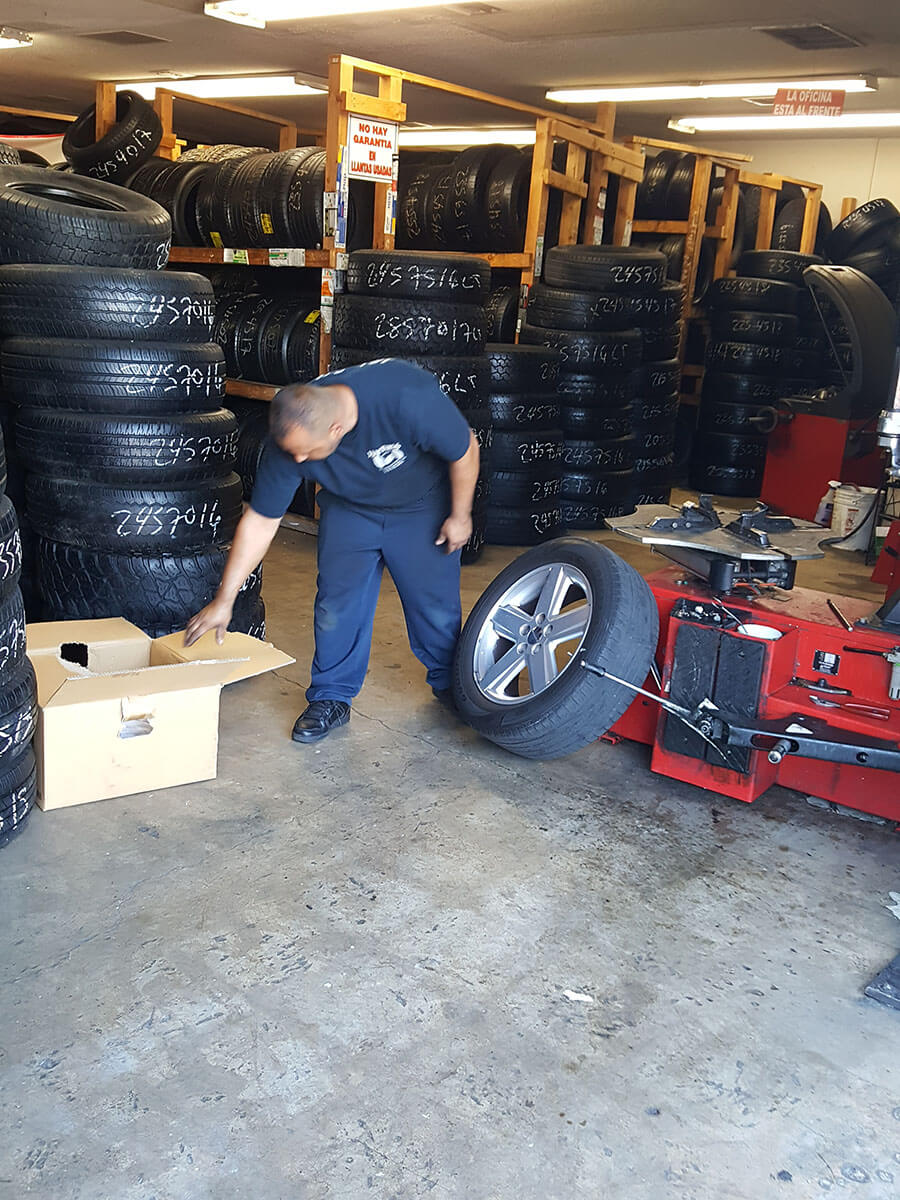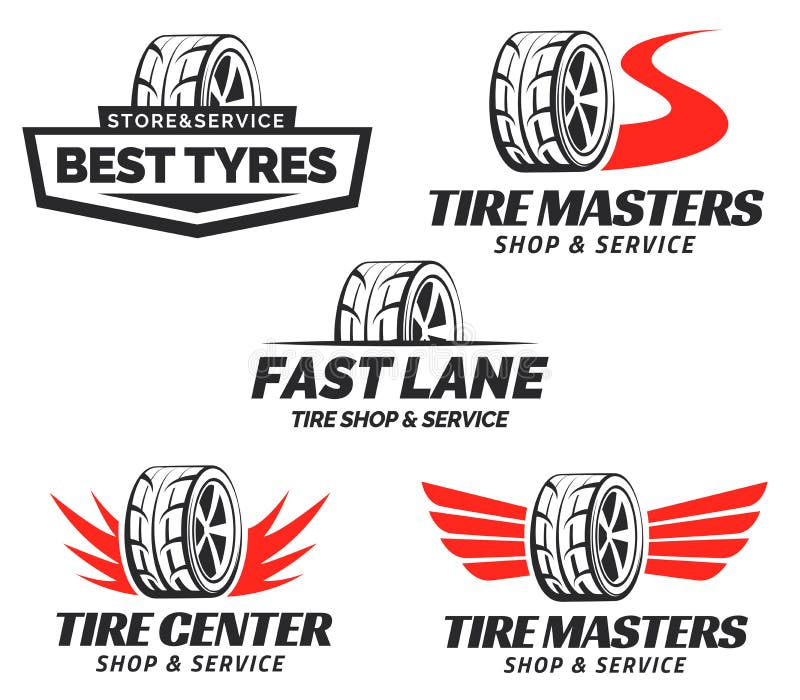The Science Behind Tire Repair Work and Security
When it pertains to the elaborate globe of tire upkeep and safety, there exists a world of scientific research that frequently remains undetected by the average motorist - morris tire service. The materials that make up a tire, the effect of tire stress on overall safety and security, the effects of walk wear, the complex characteristics of tire traction, and the often-overlooked significance of correct wheel alignment all play important roles in guaranteeing an automobile runs safely and successfully. As we browse with the intricacies of tire repair work and safety, it ends up being obvious that a much deeper understanding of these clinical principles is not just valuable yet vital for every single driver when driving
Tire Structure and Functionality
What products make up the composition of tires, and just how do these elements add to their functionality on the road? Steel cables are included to enhance the tire's stamina and aid it maintain its form under different roadway conditions.
The rubber substances use hold and grip, allowing the tire to adhere to the roadway surface and offer security during velocity, braking, and cornering. Generally, the mindful selection and mix of these products ensure that tires can carry out effectively and safely on numerous roadway surface areas and conditions.
Influence of Tire Pressure on Security
On the various other hand, overinflated tires have less call with the road surface, reducing traction and causing irregular wear on the tire footsteps. Appropriately filled with air tires likewise play a critical duty in fuel efficiency, as underinflated tires can boost rolling resistance, leading to decreased gas mileage. Frequently inspecting and maintaining the right tire pressure not just makes certain safety and security yet also extends the life expectancy of the tires, conserving on substitute expenses in the lengthy run.
Tread Wear and Its Implications
Appropriate surveillance of tire step wear is critical for making sure optimal performance and safety on the roadway. As tires use down, the deepness of the walk decreases, reducing the tire's ability to keep grip, especially in slippery or damp conditions. The walk pattern and deepness play an essential duty in funneling water away from the tire to stop hydroplaning and maintaining grasp when traveling surface area.
Signs of excessive step wear consist of hairless areas, uneven wear, and the appearance of wear signs. Hairless places show local wear, which can cause instability and raised danger of blowouts. Uneven wear may recommend concerns with tire inflation, positioning, or suspension components. Use signs are constructed into the tire tread and become visible when the step depth reaches a specific low factor, showing the need for prompt replacement.
Comprehending Tire Traction Dynamics
Monitoring tire walk wear not just ensures optimal performance and security yet additionally straight influences the traction dynamics of the tires on various road surface areas. Tire grip is a critical aspect of lorry handling and safety and security, as it determines the hold between the tires and the roadway. Grip dynamics differ depending upon roadway conditions such as completely try this dry sidewalk, wet roadways, snow, or ice.

Recognizing tire grip dynamics is vital for vehicle drivers to adapt their driving behavior according to the road problems. morris tire. Routinely inspecting tire tread depth and problem can significantly enhance traction efficiency, guaranteeing much safer driving experiences across numerous surface areas
Importance of Appropriate Wheel Placement
Guaranteeing right wheel alignment plays a vital duty in maximizing vehicle efficiency and extending tire long life. Proper wheel placement includes adjusting the angles of the wheels to manufacturer requirements, making certain that they are perpendicular to the ground and parallel to each various other. When placement is off, it can bring about irregular tire wear, lowered gas performance, and view website endangered handling.
Among the key advantages of maintaining appropriate wheel positioning is boosted dealing with and security. Misaligned wheels can create the automobile to pull to one side, influencing steering control and total driving experience. Additionally, correct placement promotes also tire wear, protecting against early tire replacement and conserving on upkeep prices in the long run.

Verdict
In verdict, the science behind tire fixing and safety is important for preserving lorry performance and guaranteeing driver security. By understanding tire structure, stress, tread wear, traction dynamics, and wheel positioning, chauffeurs can stop crashes and prolong the lifespan of their tires.
The products that compose a tire, the impact of tire pressure on overall safety and security, the implications of tread wear, the complex characteristics of tire traction, and the often-overlooked relevance of proper wheel positioning all play vital roles in making sure a vehicle operates safely and successfully. On the various other hand, overinflated tires have less contact with the road surface area, decreasing grip and creating unequal wear on the tire treads. Consistently inspecting and preserving the appropriate tire pressure not only makes sure safety however also prolongs the life-span of the tires, saving on substitute expenses in the lengthy run.
Checking tire walk wear not just makes sure optimal efficiency and safety yet also straight impacts the grip dynamics of the tires on various road surface areas. Tire grip is a vital facet of automobile handling and safety, as it identifies the grip in between the tires and the road.